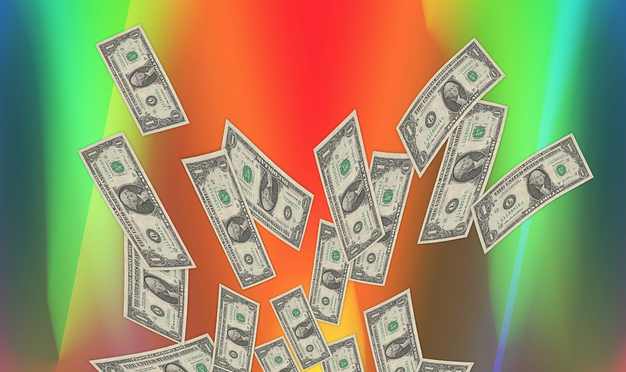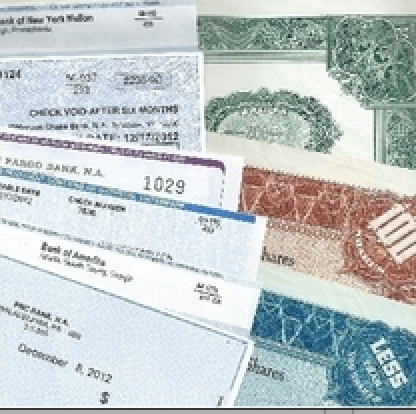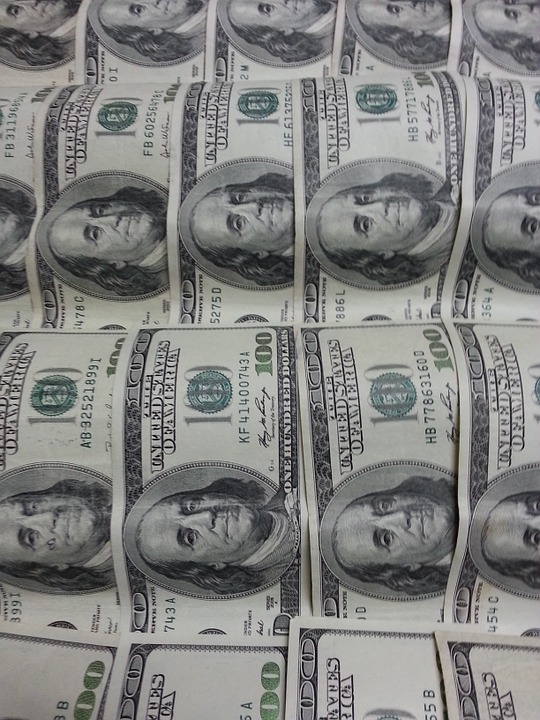Have you ever been in a situation where you’ve shorted a stock, only to witness a sudden surge, leading to an immediate scramble to close your position?
What occurred is commonly referred to as a Short Squeeze. Even veteran traders have encountered this event. Yet, do they truly grasp what happened?
A short squeeze occurs when a heavily shorted stock experiences a significant surge in buying volume, prompting short sellers to close their positions, thus driving prices higher due to the resulting covers.
Shorting a stock involves aiming to profit from its price decline. Essentially, you borrow shares, sell them, and later repurchase them ideally at a lower price to return. This process occurs electronically, so you won’t physically witness the borrowing and returning; instead, it reflects as a negative share count on your screen.
Short sellers can see profits, but when a stock starts to move against them, rising in value, they often rush to buy shares to close their positions, resulting in a short squeeze. This rapid increase in share prices during a short squeeze can be triggered by any positive news.
Finding a stock for a short squeeze involves identifying certain characteristics that make it a potential candidate:
- Look for stocks with high short interest ratios (the ratio of shares sold short compared to shares available for trading), as these indicate a large number of investors betting against the stock.
- Additionally, consider stocks with low float (the number of shares available for trading), as a smaller float can exacerbate price movements, especially if demand suddenly increases.
- Lastly, monitor stocks with upcoming catalysts such as earnings reports or significant news announcements, as positive developments can trigger short squeezes by prompting short sellers to cover their positions quickly.
Some traders capitalize on this scenario by seeking out stocks with potential for a short squeeze. Below, you’ll find further elaboration on the information provided above:
Short Percentage of Float indicates the portion of shares held short divided by the total float, representing freely tradable shares. A short percentage exceeding 10% to 20% is often seen as high and may suggest potential opportunities for short squeezes.
The Short Ratio, also referred to as Days to Cover or Short Interest Ratio, is a critical measure for identifying potential short squeeze opportunities. It signifies the number of days it would take for short sellers to repurchase their positions based on the average daily trading volume of shares. This ratio is significant because it reveals the challenge short sellers encounter in covering their positions without significantly impacting the stock price. A higher number of days to cover implies a more prolonged squeeze, amplifying potential losses for short sellers.
Short Percentage Increase denotes the percentage rise in the number of short sellers compared to the previous month.
The following are some heavily shorted NYSE stocks that may be worth considering for a short squeeze.
| Company | Company Symbol | Short Interest | Short % Change | Short Interest Ratio |
| Kohl’s Corporation | KSS | 33.39% | 3% | 6.9 |
| Guess?, Inc. | GES | 32.34% | 4% | 6.7 |
| C3.ai Inc | AI | 31.85% | 1% | 4.7 |
| Virgin Galactic Holdings Inc | SPCE | 29.18% | 11% | 7.5 |
| ChargePoint Holdings Inc | CHPT | 28.58% | -2% | 7.9 |
| Carvana Co | CVNA | 28.54% | -4% | 4.2 |
| Big Lots, Inc. | BIG | 28.37% | 6% | 5.1 |
The first stock on the list, Kohl’s Corporation (KSS) has over 33% of its float shorted, an increase of 3% over last month. The short interest ratio is 6.9, which means that it would take the short sellers over six days to cover their position, based on recent average volume.
The second stock on the list, Guess?, Inc. (GES) has over 32% of its float shorted, an increase of 4% over last month. The short interest ratio is 6.7, which means that it would take the short sellers under seven days to cover their position, based on recent average volume.
An interesting stock on the list, Virgin Galactic Holdings Inc. (SPCE) has over 29% of its float shorted, a large increase of 11% over last month. The short interest ratio is 7.5, which means that it would take the short sellers just over a week to cover their position, based on recent average volume.
While a stock might display promising ratios and draw considerable short interest, it’s essential to understand that these indicators alone don’t assure an upward price movement, especially in a bear market. Moreover, elevated levels of short interest in a stock may indicate underlying issues or concerns that have led investors to take positions against its performance.
Disclosure: Author had no positions in any of the above at the time the article was written.






